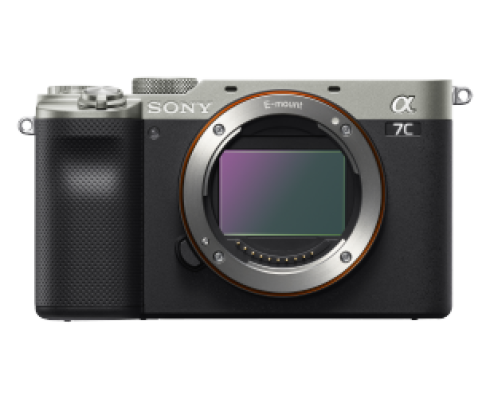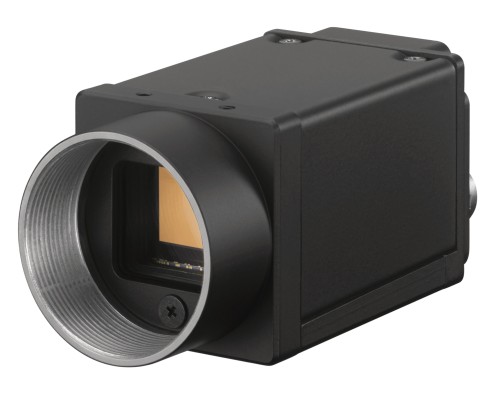
Sony Alpha camera supported by Sony SDK (Software Development Kit)

Sony Alpha camera supported by Sony SDK (Software Development Kit)

Digital Video Camera using various interfaces (USB, Gigabit Ethernet, Camera link)
SDK simplifies application development and speeds time to market for developers when using 5.1 MP, 4-way polarised light module
The module is the industry’s first polarised camera to feature an SDK, which includes a range of reference applications. This significantly cuts cost and development time for system integrators creating applications using polarised modules - from c.6 months to c.6 weeks*.
The XCG-CP510, and the new category, is based on Sony’s newly developed IMX250MZR global shutter CMOS sensor, which uses monochrome quad polarised filters to capture polarised light in four planes.
To extract the best-possible image from the Sony sensor, the design of the XCG-CP510 module has been optimised by Sony’s industrial camera engineers and outputs 5.1 MP polarised B/W images at 23 fps, transmitted over a GigE interface.
Usage scenarios that would benefit the new camera category include stress inspection, contrast improvement, scratch detection and object detection /removal / enhancement from a single image capture. Sony is targeting a wide range of manufacturing applications - from glass inspection to electronics - as well as the ITS and security sectors.
Arnaud Destruels, Marketing Manager, Sony ISS commented: “For the camera the team have optimised both hardware and software design to perfectly work with the sensor. And the award is testament to Sony’s engineering prowess and ability to find a unique position in the market that gives significant benefits to our customers.”
The small footprint of this cubic camera also includes multiple trigger modes: edge detection, pulse width detection, bulk trigger, sequential
trigger, free set sequence and a burst-trigger function. Additionally the module can be fired via hardware or software triggers or via the IEEE1588 precision timing protocol, with the unit capable of acting as either a slave or dynamically assigned master device.
The IMX250MZR sensor
The IMX250MZR, Sony’s newest image sensor, is a 2/3-type PregiusⓇ GS CMOS sensor and uses four different angled polarisers - each pixel polarised for either 90o, 45o, 135o or 0o. A four-pixel (2 x 2) calculation unit is then created to capture light in these four planes.
The camera also achieves a greater sensitivity with improved extinction ratio through Sony’s Wire Grid Polariser technology, which places the on-chip polariser beneath an on-chip lens.
XCG-CP510 Technical specifications
The XCG-CP510 outputs 23 2448 x 2048-pixel frames per second. The c-mount lens can be triggered using both hardware and software control.
It consumes 3.0 W max from a +12V power supply and can operate from -5oC to +45oC, and between 20 and 80% humidity. It has a vibration / shock resistance of 10 G / 70 G.
Dimensions: 29 x 29 x 42mm / Weight: 65g
It meets UL60950-1, FCC Class A, CSA C22.2-No.60950-1, IC Class A Digital Device, CE : EN61326 (Class A), AS EMC: EN61326-1, VCCI Class A and KCC regulations.